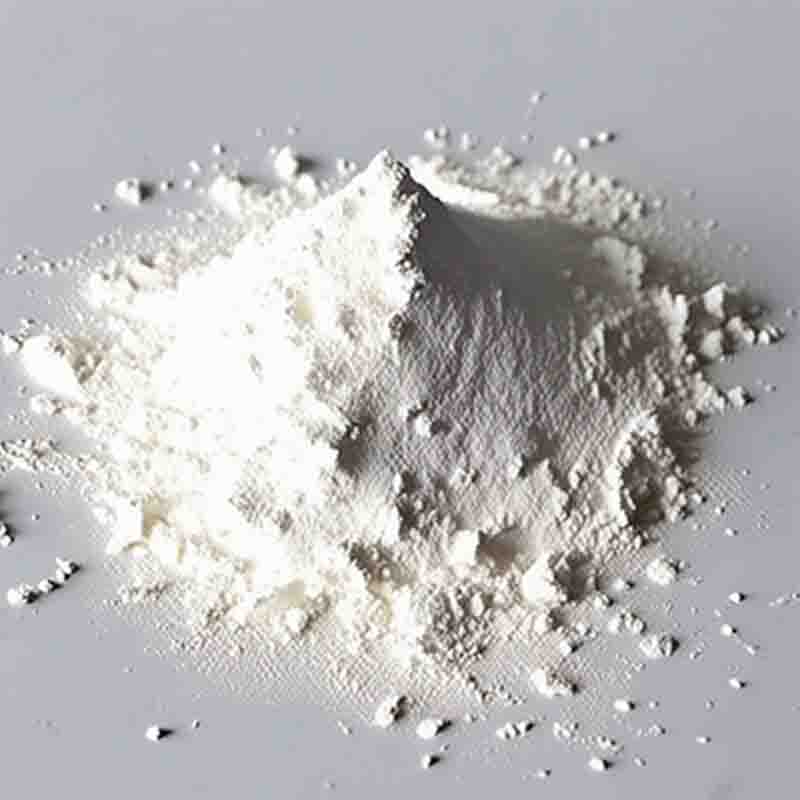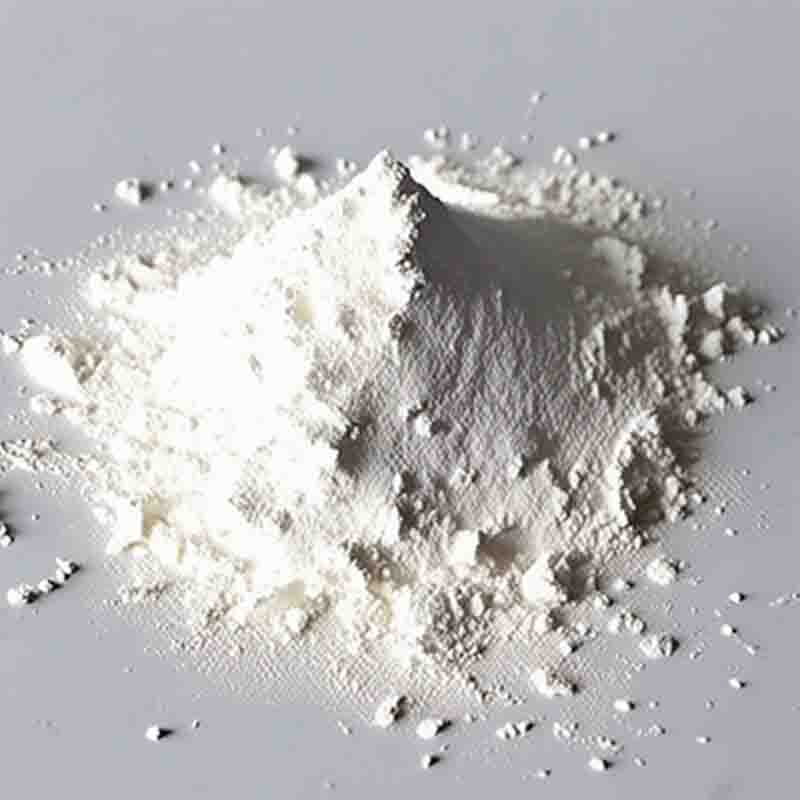DL-Ethyl2-bromobutyrate CAS:533-68-6
| Catalog Number | XD95542 |
| Product Name | DL-Ethyl2-bromobutyrate |
| CAS | 533-68-6 |
| Molecular Formula | C6H11BrO2 |
| Molecular Weight | 195.05 |
| Storage Details | Ambient |
Product Specification
| Appearance | White powder |
| Assay | 99% min |
DL-Ethyl 2-bromobutyrate is an organic compound commonly used in organic synthesis and research. It is an ester that contains a bromine atom, which gives it certain chemical properties and effects.One important effect of DL-Ethyl 2-bromobutyrate is its ability to participate in nucleophilic substitution reactions. The bromine atom is a good leaving group, allowing for the substitution of the ethyl group with another nucleophile. This property makes it valuable for creating new carbon-carbon and carbon-heteroatom bonds in organic synthesis.DL-Ethyl 2-bromobutyrate is also known to undergo ester hydrolysis in the presence of water or other nucleophiles. Hydrolysis of the ester bond breaks it into the corresponding alcohol and carboxylic acid. This process can be used for the preparation of alcohols or carboxylic acids, depending on the reaction conditions.Another effect of DL-Ethyl 2-bromobutyrate is its potential toxicity. Bromine is known to be harmful when inhaled, ingested, or in contact with the skin. Therefore, proper safety precautions should be taken when handling this compound.In addition, DL-Ethyl 2-bromobutyrate can act as a precursor for various functional groups. The bromide group can be replaced by other nucleophiles, such as amines or thiols, to introduce specific functional groups into the molecule. This versatility allows for the synthesis of a wide range of organic compounds.Furthermore, DL-Ethyl 2-bromobutyrate can be used as a starting material for the synthesis of pharmaceuticals, agrochemicals, and other valuable organic compounds. Its ability to participate in reaction pathways that lead to the production of complex molecules makes it an important building block in organic chemistry.In conclusion, DL-Ethyl 2-bromobutyrate is a versatile compound with various effects and applications. Its ability to participate in nucleophilic substitution reactions, ester hydrolysis, and its potential toxicity are important considerations when working with this compound. Its role as a precursor for the synthesis of valuable organic compounds makes it a valuable tool in organic synthesis and research.




![(4S)-3-[5- (4-Fluorophenyl)-1,5-dioxopenyl]-4-phenyl-2-oxazolidinone CAS: 189028-93-1](https://cdn.globalso.com/xdbiochems/白色粉末2472.jpg)
![4-[6-(6-BROMO-8-CYCLOPENTYL-5-METHYL-7-OXO-7,8-DIHYDRO-PYRIDO[2,3-D]PYRIMIDIN-2-YLAMINO)-PYRIDIN-3-YL]-PIPERAZINE-1-CARBOXYLIC ACID TERT-BUTYL ESTER CAS: 571188-82-4](https://cdn.globalso.com/xdbiochems/白色粉末1041.jpg)



![2-[2-(2-aminoethoxy)ethoxy]aceticacid CAS:134978-97-5](https://cdn.globalso.com/xdbiochems/白色粉末21796.jpg)